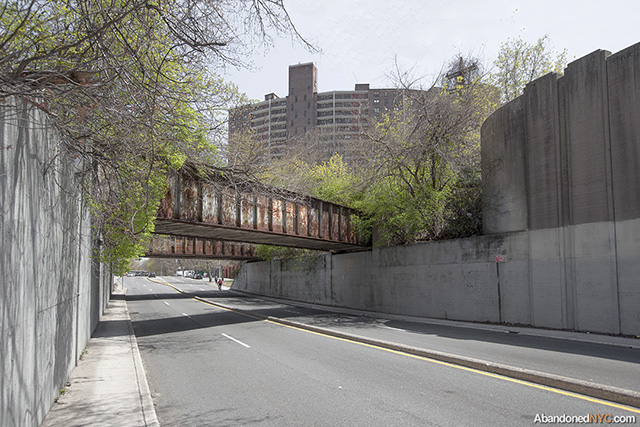 An overgrown overpass at Union Turnpike and Woodhaven Boulevard, part of the proposed Queensway project.
An overgrown overpass at Union Turnpike and Woodhaven Boulevard, part of the proposed Queensway project.
Abandoned for half a century, the old Rockaway Beach Branch of the Long Island Railroad is stirring debate today as opposing visions for its future emerge. Before it’s reactivated to serve beleaguered Queens commuters, or converted to the Queensway, (a linear park similar to Manhattan’s High Line), the track remains a 3.5 mile wilderness, with more than a few secrets scattered among the ruins.
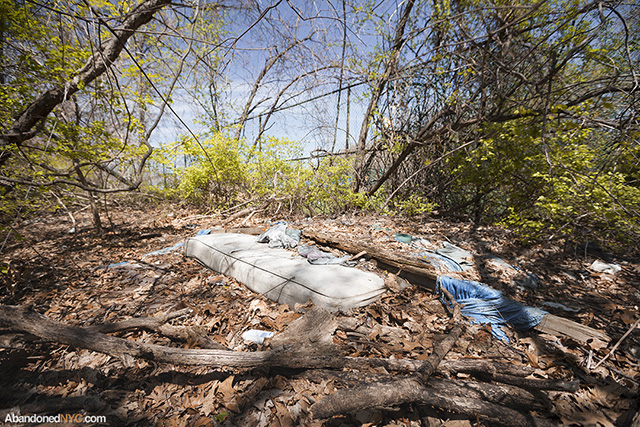 A soggy mattress clogs a sunlit clearing, marking a recent habitation…
A soggy mattress clogs a sunlit clearing, marking a recent habitation…
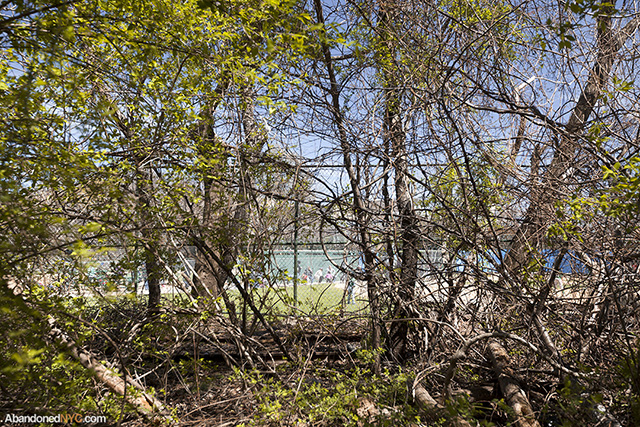 …just a few paces from a chain link fence that separates a packed field of cheering little leaguers.
…just a few paces from a chain link fence that separates a packed field of cheering little leaguers.
At the northern edge of Forest Park, the rails terminate in a parking lot, where the railroad’s antiquated electrical towers have been adapted as streetlights. Across the Union Turnpike, there’s a plot of land that may be the most obscure section of the Rockaway Beach Branch, a triangular junction wedged between a dilapidated warehouse and a complex of baseball diamonds. A well-trod path leading into the place quickly dissolves into a tangle of branches; the plant life is especially lush here, and difficult to navigate.
Standing in the shadows just beyond the diamond’s edge, you’re practically invisible, in a world between worlds, and right at your feet, dozens of baseballs bloom from the earth like mushrooms…
This is the place the balls go where you can’t get them back, each a martyr and a monument to a home run that may have taken place decades ago or just this morning. Together, they linger in a bizarre kind of afterlife, populating the century-old tracks of a forgotten railroad—when a place is left alone, the past piles up.
Check out the photos below for an education in baseball construction, and decay.
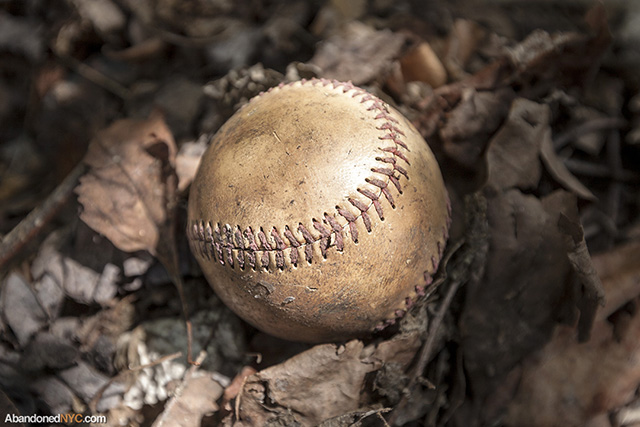 Some of the baseballs hadn’t been there long.
Some of the baseballs hadn’t been there long.
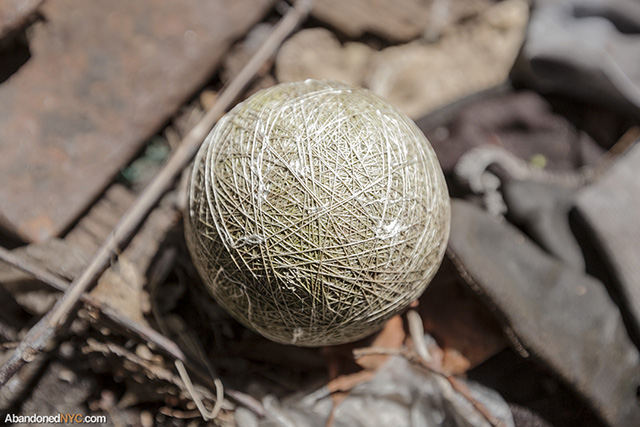 The older specimens were stripped of their leather casing…
The older specimens were stripped of their leather casing…
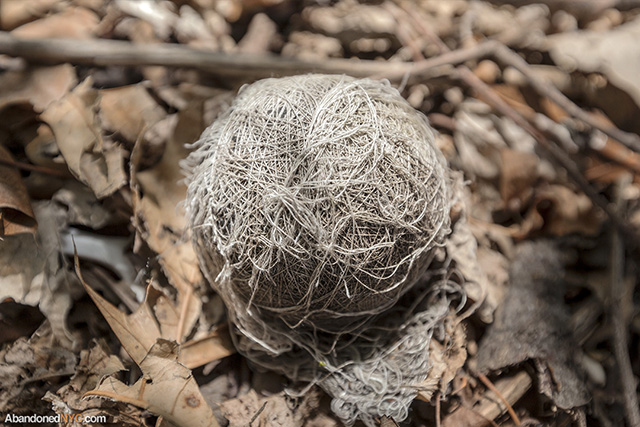 …revealing a second skin of frayed cotton yarn.
…revealing a second skin of frayed cotton yarn.
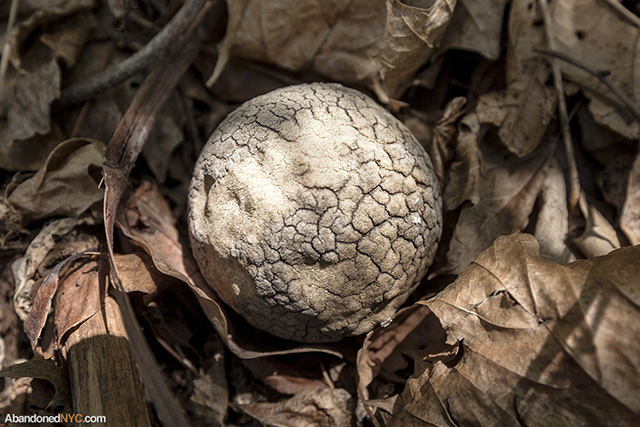 The most ancient are nearly unrecognizable…
The most ancient are nearly unrecognizable…
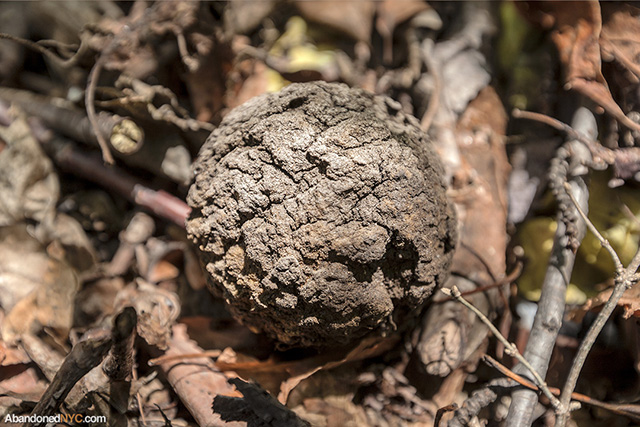 …corrupted to a truffle-like core of black, scabrous rubber.
…corrupted to a truffle-like core of black, scabrous rubber.
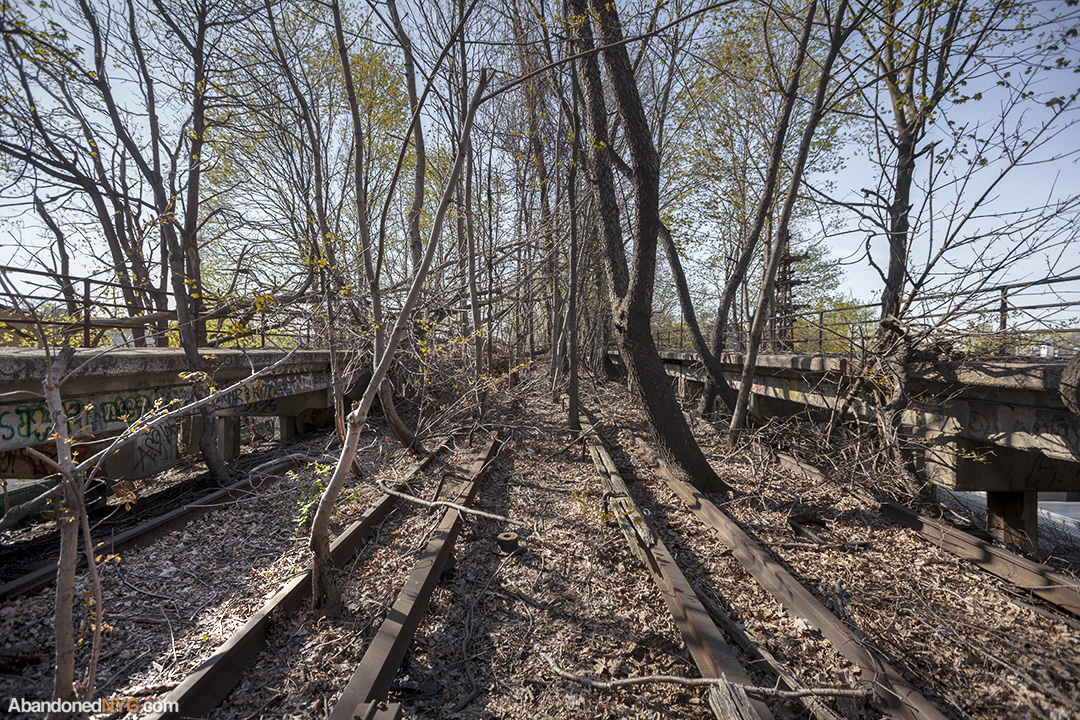
Click through for more on the Rockaway Beach Branch, and check out Will’s website, abandonednyc.com, for more photos and the history behind New York City’s abandoned places.





